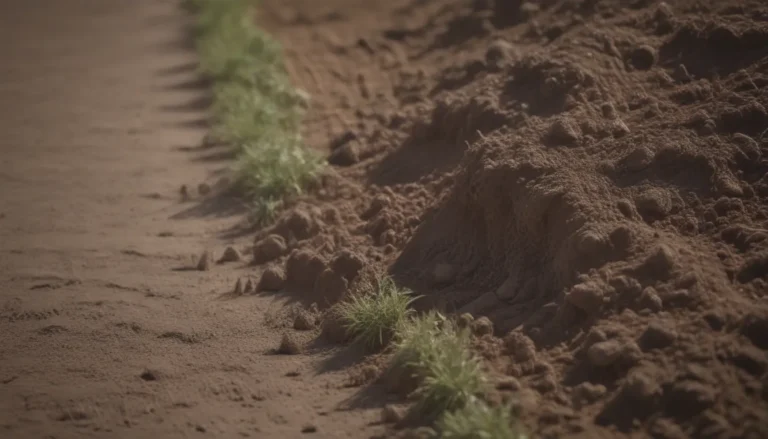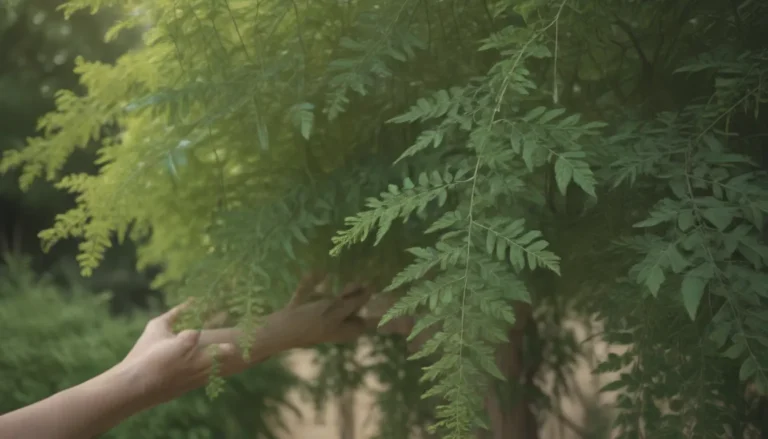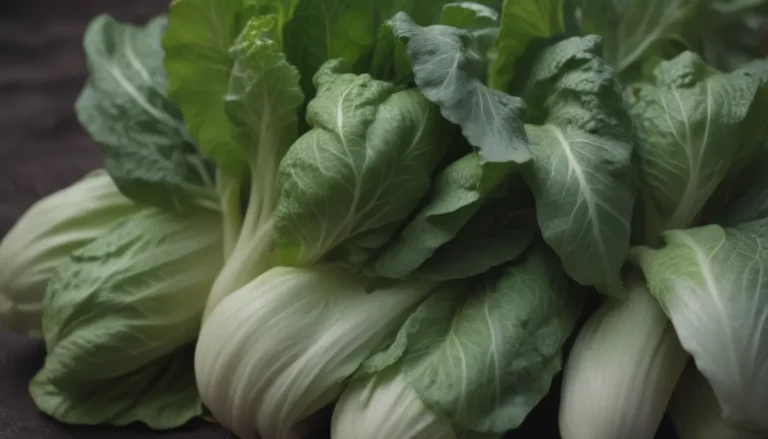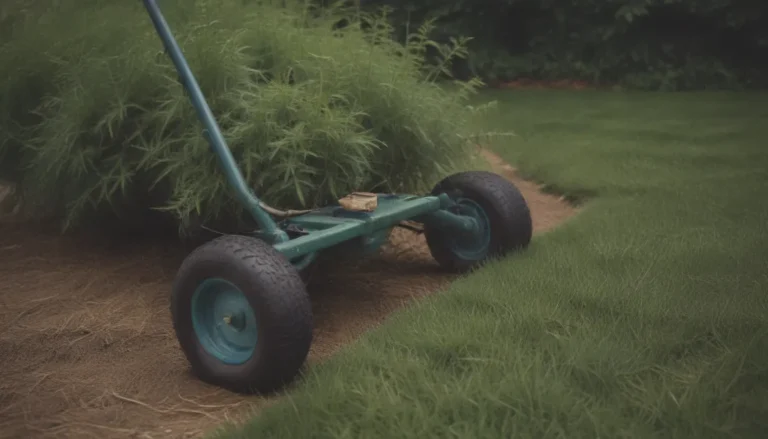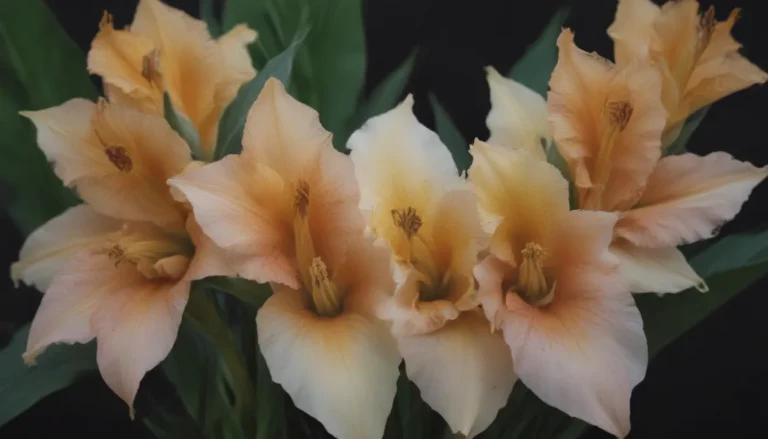How to Grow and Care for Horseradish Plants
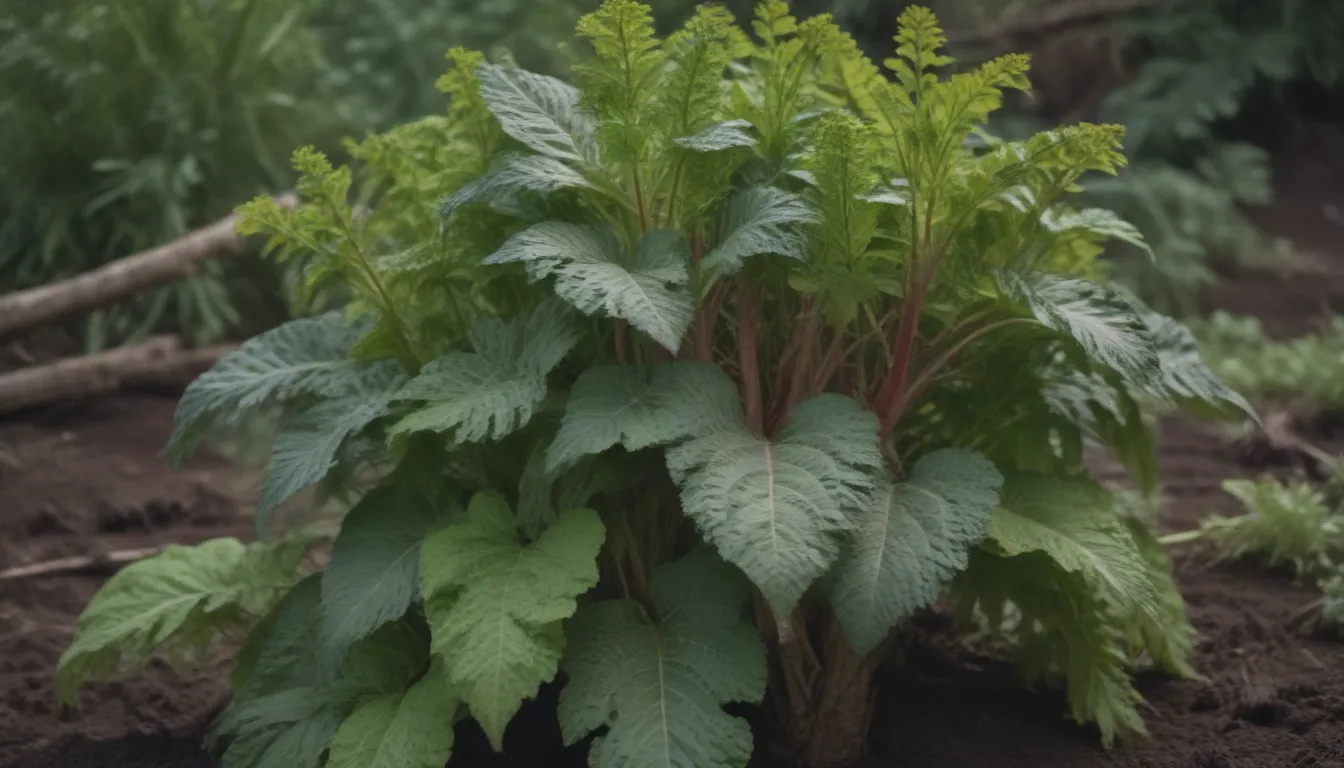
Horseradish (Armoracia rusticana) is a versatile plant that can be grown for its pungent roots, which add flavor to many dishes. In this comprehensive guide, we will cover all the essential information you need to successfully grow and care for horseradish in your garden. From planting to harvesting, we’ve got you covered!
Getting Started: Planting Horseradish
- Choose the Right Spot: Select a sunny location with well-draining soil free of rocks and debris. You can also grow horseradish in a container, but make sure it is deep and large enough to accommodate the plant’s roots.
- Planting Horseradish: Plant root pieces at a 45-degree angle, about 3 inches deep. Space them 18 inches apart to allow for proper growth.
Horseradish Care Guide
- Light: Horseradish plants thrive in full sun, so make sure they receive at least six hours of direct sunlight daily.
- Soil: Use a loose, well-draining soil rich in organic matter. Horseradish prefers slightly acidic to neutral pH levels.
- Water: Keep the soil consistently moist, but avoid overwatering to prevent root issues.
- Temperature and Humidity: Horseradish grows best in cool temperatures ranging from 45 to 75 degrees Fahrenheit.
- Fertilizer: Feed your horseradish plant with compost, compost tea, or a balanced vegetable fertilizer every four weeks.
Types of Horseradish Varieties
- Common Horseradish (Armoracia rusticana): The most widely available type.
- Armoracia rusticana ‘Variegata’: An ornamental variety with marbled leaves, less invasive and shade-tolerant.
Growing Horseradish in Containers
- Container Requirements: Choose a container with at least 30 inches of depth and good drainage. Use unglazed clay pots to prevent waterlogged soil.
- Care in Containers: Water when the top inch of soil is dry, and fertilize monthly for optimal growth.
Pruning and Propagation
- Pruning Tips: Trim excess shoots to promote the growth of larger roots.
- Propagation: Save root cuttings during harvest for new plant growth. You can also leave side roots in the ground for natural propagation.
Starting Horseradish From Seed
- Seeds: While less common, you can start horseradish from seed indoors in winter and transplant outdoors in spring.
Potting and Overwintering
- Potting Mix: Use a quality potting mix labeled for vegetable growth.
- Overwintering: Protect roots with mulch in cold climates or store in a root cellar.
Common Pests and Diseases
- Pests: Watch out for aphids and flea beetles, especially when planted near Brassicaceae plants.
- Diseases: Root rot can occur in soggy conditions, so ensure proper drainage.
Troubleshooting Common Issues
- Yellowing Leaves: Usually a sign of overwatering, adjust watering habits accordingly.
- Drooping Leaves: Lack of potassium may be the issue; consider fertilizing with a potassium-rich fertilizer.
Horseradish is a low-maintenance plant that rewards gardeners with its flavorful roots. By following these guidelines, you can enjoy a bountiful harvest of fresh horseradish each year. Whether you’re a seasoned gardener or a novice, growing horseradish is a rewarding experience that will spice up your culinary creations. Don’t forget to check out our sources for more information on horseradish cultivation and care.
Source:
– North Carolina Extension Gardener Plant Toolbox. Armoracia Rusticana (Horseradish, Red Cole)
– IVIS. Armoracia Rusticana: Horse Radish
